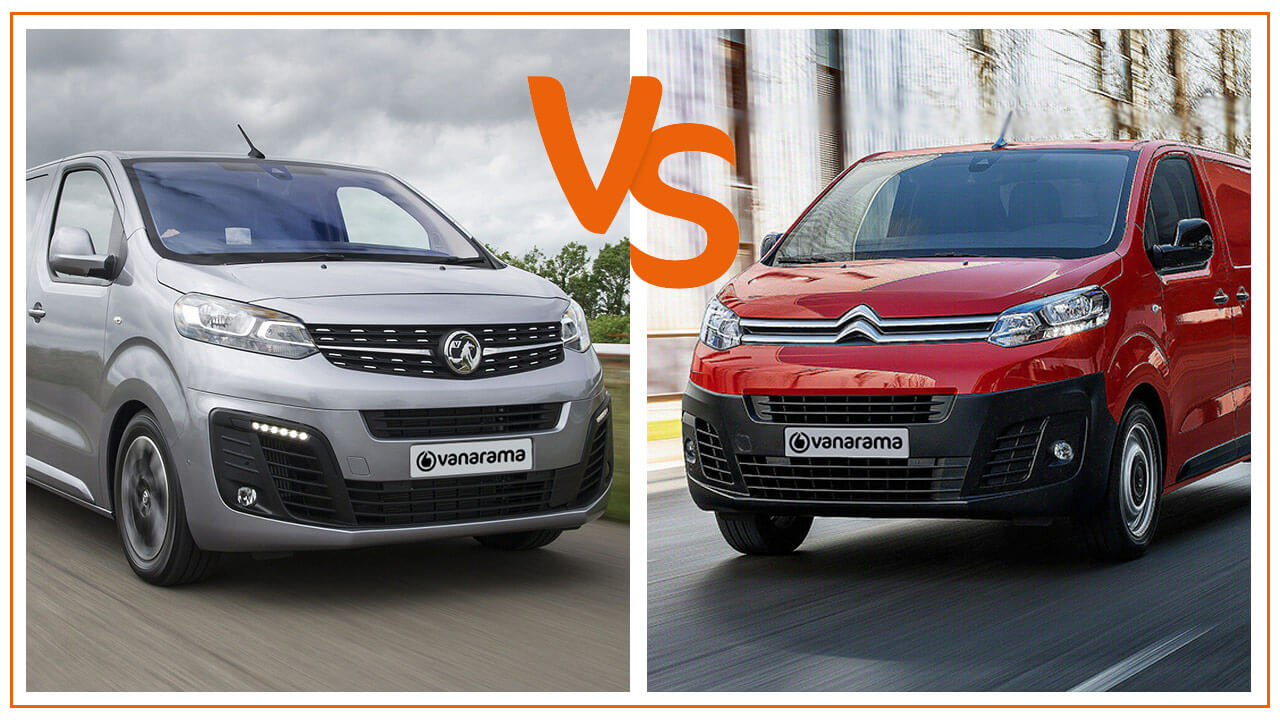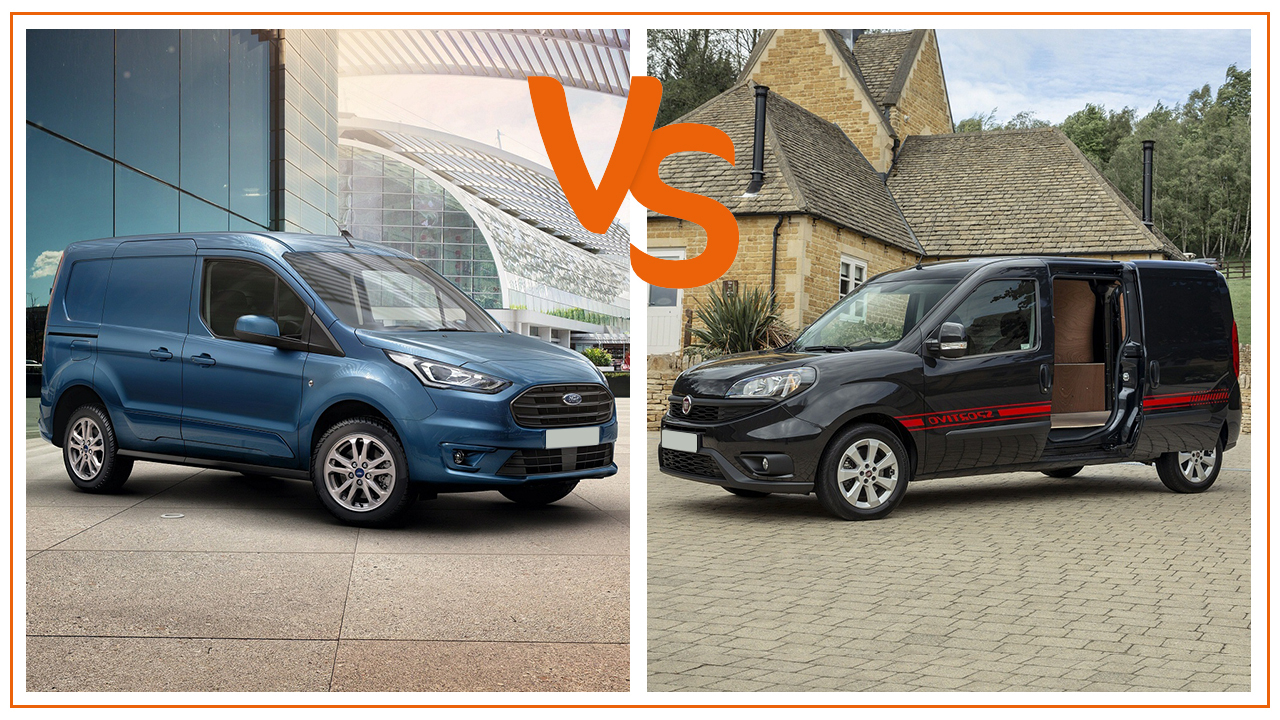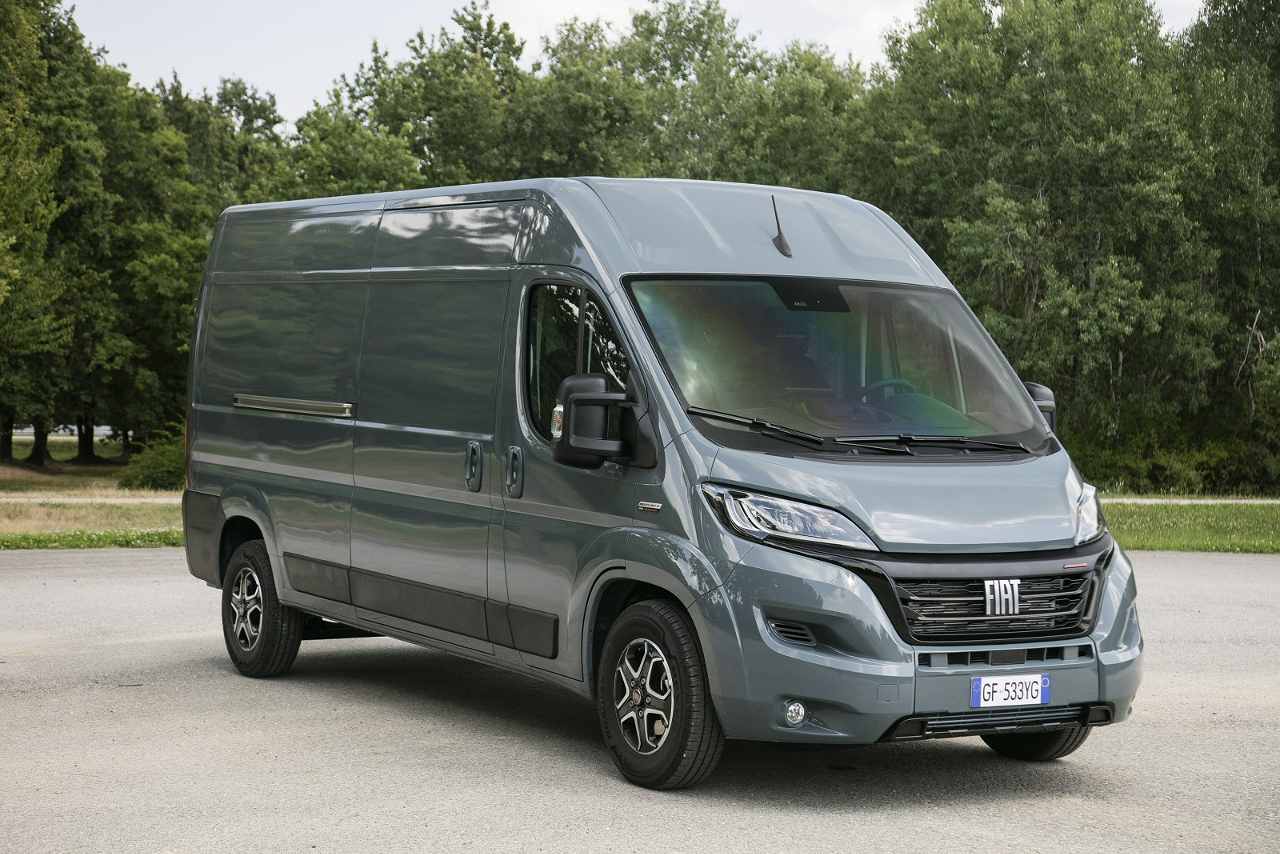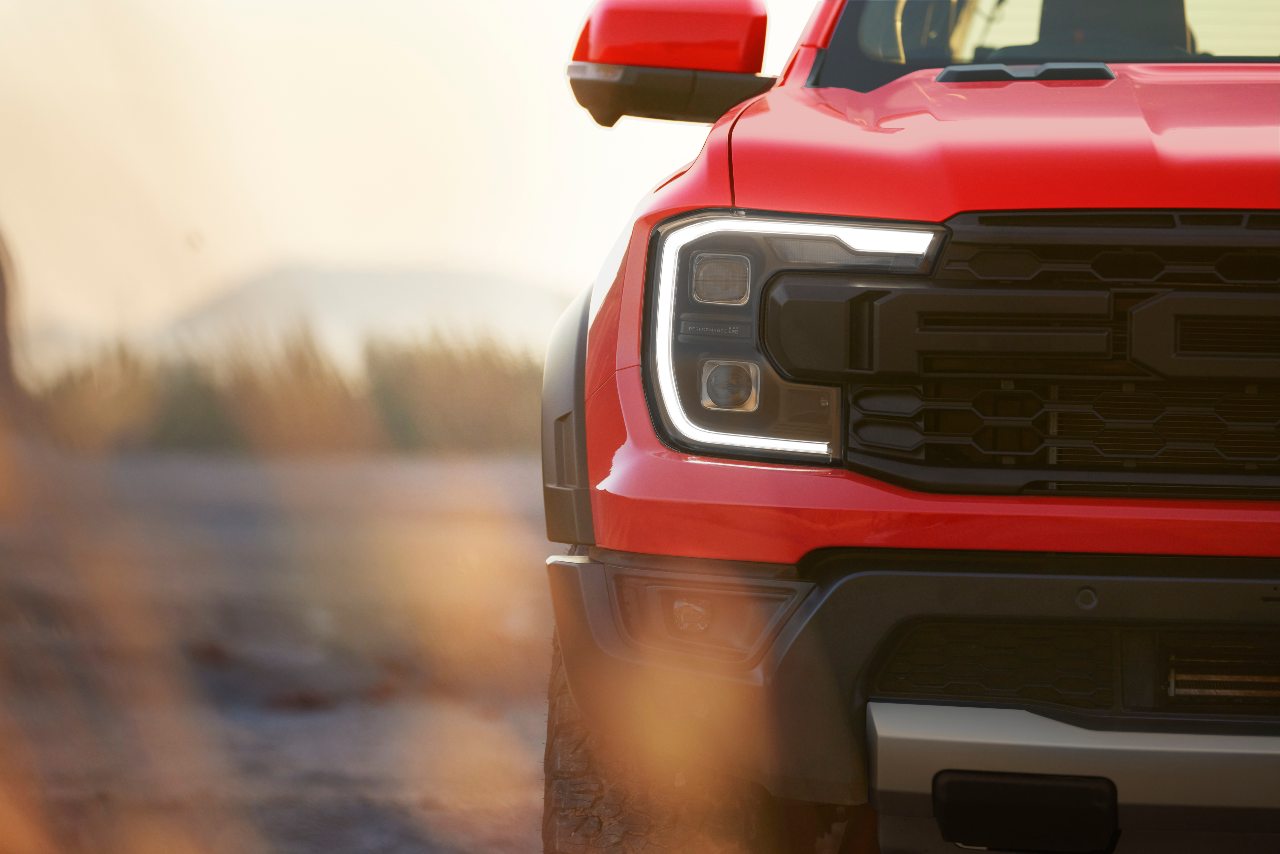The Vauxhall Vivaro and the Citroen Dispatch – vans that have been the staple diet of tradespeople for years. If you need a plumber, builder, electrician or joiner there’s a pretty good chance they’ll turn up outside your house in one of these medium-sized vans. It’s not just the tradesman that is trusted, these vans have proven to be their reliable business partners and workhorses, taking anything that is thrown at (or in!) them. But which one is the best in class in the medium van market? Our Van Expert Tim Cattlin puts them to the test.
History Lesson
Over recent years there have been some changes for both of these vans. The original Vauxhall Vivaro was a joint venture with Renault which sold the very similar Trafic. Soon after, as a result of global mergers, both Nissan and Fiat also produced their own versions of the Vivaro.
In 2016, Citroen launched the all-new Dispatch, and at the same time, Peugeot and Toyota announced the Expert and Proace, all 3 vans sharing the same platform. Cue, another shuffle in global manufacturer alliances and in 2019 Vauxhall declared that the new Vivaro would also be derived from the Citroen / Toyota / Peugeot van. Still with us? Great!
So, are these vans the same with just a different badge, and maybe just wearing the individual corporate front grille? Or are there subtle or even more obvious differences in specification? We’re going to take a close look at the Vauxhall and Citroen versions of this excellent medium van so you can decide for yourself if one suits you more than the other.
Design & Aesthetics
The Citroen and Vauxhall are offered in 4 trim levels, covering all bases from those who just want a ‘does what it says on the tin’ functional van to the owner who really likes all the bells and whistles gizmos and even a bit of bling. The Dispatch comes in ‘X’, Worker, Enterprise and Driver guises whereas the Vivaro is designated Edition, Dynamic, Sportive and Elite.
If you compare the entry-level vans, there isn’t a huge amount of difference apart from the very individual front grilles which both manufacturers carry through to their other van ranges and even some of the car products.
Move up the trim levels and there’s still not much to distinguish one manufacturer's van from the other. The Dispatch gets metallic paint, front fog lights and some very nice alloy wheels at the top of the range Driver spec, and includes the Look Pack which offers body colour front and rear bumpers, side rubbing strips and exterior door handles together with LED daytime running lights. Likewise, the Vivaro Sportive (which isn’t the range topper) also boasts some body coloured bumpers, a chrome grille, LED daytime running lights and metallic paint. Great for those who are image-conscious and who want their van to stand out (and look good on the drive).
Comparing Load And Size Specs
Here’s where you might expect the Citroen and Vauxhall to be identical. After all, bits of the specification are easy for each manufacturer to tweak to make a difference, but the actual van body itself? Not so simple. However...
The Vivaro is offered in 2 body lengths, L1 and L2 with load volumes of 5.3cu/m and 6.1cu/m respectively, but Citroen markets the Dispatch in XS, M and XL guises. Spot the difference? With Vauxhalls L1 equivalent to the M and the L2 the same as the Citroen’s XL, the Dispatch has the advantage of being available as a shorter van for those who don’t need the length or volume, and who prefer a vehicle that’s easier to manoeuvre and park in our crowded cities.
The wheelbase (the distance between the front and rear axles) of the M and XL vans is the same, the larger van having a longer overhang at the rear but, unlike Vauxhall Citroen, uses a shorter wheelbase for the XS which reduces the overall length by 350mm. It’s still got a very handy 4.6cu/m of capacity though along with 2160mm of load length.
Otherwise? The playing field is more or less level when it comes to weights and measures, with just small differences in payload which probably reflect the minor variations in weight due to different trim and equipment.
Drivetrain Options
As you’d probably expect the 2 vans share exactly the same power units although not all are available on every model. 1.5 and 2.0 litre Euro 6D four-cylinder units are offered at 100PS, 120PS, 150PS and 180PS outputs, with manual or 8-speed automatic gearboxes (again, don’t expect auto at every power level). PS isn’t everything though, torque is vital to van drivers, especially when fully laden in towns and cities. The popular 2.0 litre 120PS engine produces a really healthy 340nm, something you’ll appreciate more often than you might think.
Intelligrip (Vivaro) and ‘Grip Control’ (Dispatch). Different names for the same thing. A dash-mounted knob allows the driver to select varying degrees of traction control that are most suited to some of our more challenging driving conditions such as mud, snow and sand. Optional on both vans, it’s perhaps something you wouldn’t use every day, but very handy when things start to get just that bit tricky.
What About Electric?
We’re not going into detail in this feature but, fully electric vans are available from both manufacturers. e-Vivaro and e-Dispatch combine some class-leading payloads and fantastic ranges between charges. No wonder that fleets, as well as small businesses, are clamouring for them.
Dispatch Vs Vivaro Equipment
This is where the individual manufacturers have much more scope to make its van stand out from their otherwise very similar siblings. Although Vauxhall and Citroen have independently devised trim points that have varying levels of standard equipment, there’s quite a bit of similarity when you put the equivalent models side by side. Perhaps they’ve missed a trick here, as having some significant differences makes it harder for the prospective customer to do a like-for-like comparison, particularly when it comes to pricing.
For example, all vans from both manufacturers have cruise control fitted as standard. A fairly basic audio unit comes with the Vivaro Edition and Dispatch X lead-in models but all the higher spec vans get a 7” touchscreen with the all-important Apple Carplay and Android Auto, whether you’ve gone for the Vauxhall or Citroen.
Air conditioning? You’ll need to opt for the next model step up with the Vivaro Dynamic or Dispatch Enterprise. You’ll also get rear parking sensors and Citroen has thrown in an alarm for good measure.
The main differences in the ranges are the lack of equivalents to the Vivaro Sportive and the Dispatch Worker. The sportive is a long-established name associated with the Vauxhall brand, with an emphasis on exterior style rather than a high level of equipment. The most noticeable upgrade from the Dynamic is the addition of ‘Flexcargo’, this includes a fold flat centre seat backrest with a handy writing surface and a fold up outer seat allowing for long loads to be carried through into the cab area.
The Dispatch Worker, as the name might suggest, is aimed at those who need a van that is designed to graft, with its raised suspension and engine protection plate. Otherwise, it’s broadly similar to the base ‘X’ model, but comes with the Citroen version of the Flexcargo feature, branded Moduwork.
The Vivaro Elite and Dispatch Driver complete the range, with the highest levels of equipment. Once again, they’re broadly similar in their offerings. Vauxhall includes a Driver Assistance Pack which has lane-keeping assist, speed sign recognition and driver drowsiness system technologies. Citroen includes similar features as part of their Safety Pack, included in the Elite. Both of these range-topping vans include satellite navigation as standard.
The Verdict
Well, there is no clear winner. Specification differences are slight across the range, although if you want something that looks good in the drive, or outside your customer’s premises, the Vivaro Sportive has to have an edge. Need a fit for purpose van which has to be up for a bit of the rough stuff? Citroen has your back with the Dispatch Worker. Citroen wins again if you need a more compact van as Vauxhall doesn't offer the shorter wheelbase version.
Still not sure? Why not take a look at the Vanarama video reviews of the Vivaro and Dispatch?
Or, perhaps take a look at where your nearest dealer is for servicing and warranty backup. There could be differences in availability too which might make a decision easy. Whichever you go for, you’ll end up with an excellent, multi-award-winning van.
For more commercial vehicle insights, news and reviews, take a look at the Vanarma blog.




